|
HOME: www.hiltonpond.org |
|||
THIS WEEK at HILTON POND Subscribe for free to our award-winning nature newsletter (Back to Preceding Week; on to Next Week) |
|
WINTER WONDERLAND: February is one of our favorite months for natural history. Folks often think plants and animals are all snoozing at this time of the winter, waiting for warm weather to arrive. Evidence around Hilton Pond Center is quite the contrary, however, with signs of active flora and fauna at every turn on the trail. The first half of this second month in the current year was particularly interesting and memorable--what with, among other happenings, a winter wonderland of snow, the birthday of a should-be-more-famous naturalist, and a significant milestone in the avian research we've been conducting locally for 33 years. Our illustrated chronology for the first-half-of-February 2014 is recounted below. The most important date on the annual nature calendar, of course, falls on 2 February when whistelpigs across the nation are yanked from burrows by well-meaning locals who want to know whether spring is on the way. Most famous is Punxsutawney Phil, a slightly overweight woodchuck, Marmota monax, who spends most of his life in a climate-controlled cage in the Pennsylvania Highlands. Amid media clatter and artificial lighting, groundhog weatherman Phil saw his shadow this year and forecast six more weeks of winter. Balderdash, we say. As much as we respect Phil on this highest of nature holidays, we cannot believe what he observes in the Keystone State pertains to the Carolinas, so we consult instead with Hilton Pond Harry, a White-footed Mouse who has long-served as our trusted local PPP (Piedmont Peromyscus Prognosticator).
All text, maps, charts & photos © Hilton Pond Center At dawn on 2 February a dense fog lay across the landscape as far as we (or Harry) could see, meaning there was no way he would encounter his shadow and burrow back in. By not casting a shadow (photo above), Hilton Pond Harry predicted this brutal Carolina winter is about over and springlike weather is not far away--although as caveat Harry did confide privately we could be in for a few more chilly days and nights before the Spring Equinox in March. Our little Peromyscus leucopus would not rule out a little sleet or snow but promised there will be no more temperatures in the single digits. Punxsutawney Phil can go back to sleep if he wants, but Harry is going about his early spring business.
All text, maps, charts & photos © Hilton Pond Center Another important nature-related date this month is 4 February, which this year marked the 224th anniversary of the birth of the Rev. John Bachman, a productive 19th century American naturalist who is often overlooked. An ordained clergyman from New York State, Bachman ministered by day to the sick and needy as pastor of St. John's Lutheran Church in Charleston SC.
All text, maps, charts & photos © Hilton Pond Center According to Hilton Pond Center's digital weather station, February's high temperature through mid-month was a sub-tropical 71.6 degrees on the 3rd--a mark that lent credibility to Harry's "early spring" prediction. On 8 February, cloudless skies made it balmy enough even at 59.3 degrees for Painted Turtles, Chrysemys picta (above), to be sunning on branches that had fallen into the pond. (Our larger Yellowbelly Sliders won't be out until things warm up a bit more.) There's something promising and reassuring about turtles basking around Hilton Pond on a sunny day in the month of . . . February, and it doesn't hurt when you can also hear Carolina Wrens and Eastern Tufted Titmice singing at the tops of their voices.
All text, maps, charts & photos © Hilton Pond Center Dark-eyed Juncos, Junco hyemalis (formerly Slate-colored Junco), have been very scarce this winter at Hilton Pond Center. Over 33 years we've averaged about two dozen juncos annually--the record was 74 caught 'way back in 1991--but so far in 2014 we've banded only ten. We trapped one on 10 February this year that was particularly unusual: A partial albino Dark-eyed Junco (above) with considerable white on its face. If you showed this avian portrait to most people they probably would have trouble identifying the species--until they took note of the pink conical bill that is characteristic of juncos. Technically this bird is a "piebald," with pure white feathers mixed among those that are normal.
All text, maps, charts & photos © Hilton Pond Center Late on the morning of 11 February light snow began falling at Hilton Pond Center, sticking to cold surfaces including asphalt roads that access the property. Precipitation eventually reached a depth of about two inches by late afternoon (above), and then stopped.
All text, maps, charts & photos © Hilton Pond Center If watching birds can give us hints about weather to come, the initial sign more snow might be in the offing came when the winter's first two Purple Finches, Carpodacus purpureus, arrived at our feeders during the 11 February snow. One was an after-second-year (full adult) male with raspberry plumage (above), the other a brown bird that could have been a second-year male (hatched in 2013) or a female of any age. (Males take two full years to get their "purple" feathers.) Although PUFI are our third most-commonly banded bird at the Center, we were beginning to wonder if we'd see any at all this winter.
All text, maps, charts & photos © Hilton Pond Center Shortly before 9 a.m. on 12 February, the second round of wintry weather began with light, blowing snow and 26.7 degrees. Within a few minutes the light snow turned to big, heavy flakes falling so heavily it was hard to see the pond from our office window in the old farmhouse--a snowfall that continued on and off for several hours. The photo above, taken late-morning, is the new cover image for the Center's Facebook page at www.facebook.com/HiltonPond. "Like" us if you dare!
All text, maps, charts & photos © Hilton Pond Center The winds picked up about mid-day on the 12th, driving snow against the farmhouse and birds toward the feeders. Shortly after noon we were amazed to see the number and variety of birds that had flocked to the feeding station. At just one tube feeder (above) there were four species (Northern Cardinal, American Goldfinch, House Finch, and Purple Finch), but when we looked out the windows in one-five minute block we counted an incredible 24 species of birds--certainly a record for such a short period at Hilton Pond Center and a number not likely to be exceeded by many backyards in the Carolina Piedmont, or elsewhere. Although we try to be scientifically objective in our observations, we were astounded at the tally--especially during such a short period (below, in no particular order). If you had more than two dozen species at your own feeder at one time as the snowstorm raged, please let us know at INFO.
All text, maps, charts & photos © Hilton Pond Center The magical tableau outside our windows made us rub our eyes in near-disbelief, particularly when two surprising species hopped into view on the snow. First was a Savannah Sparrow, Passerculus sandwichensis (above), a bird that superficially resembles a Song Sparrow but lacks the heavy facial markings and longer tail. We had seen this species only once before at Hilton Pond Center: During (you guessed it!) a snowstorm back in January 2011 when we trapped and banded eight of them. This year there was just this one individual, and it wasn't until we processed our images for our write-up we realized the bird in the photo above already had a band on its left leg.
All text, maps, charts & photos © Hilton Pond Center We eventually caught this solitary Savannah Sparrow (above) and, of course, quickly checked its band number. It turned out to be #1771-77049, indeed one of those eight captures from the January snowstorm four years ago. This species breeds up the Appalachians and across the northern U.S. and most of Canada but only appears in the Piedmont during the cold season. It's quite interesting that this little Savannah Sparrow is among those birds that flies hundreds or thousands of miles and knows just which backyard to visit for food when the snows come.
All text, maps, charts & photos © Hilton Pond Center The other locally uncommon species among those at the Center's feeding stations on 12 February was present in much bigger numbers: A flock of at least 18 Rusty Blackbirds (above) was imaged via our trail cam as they came in for corn. Like other blackbirds, they walk rather than hopping, utilizing a stiff rocking gait that is quite distinctive. RUBL are always a treat to see, if only because the rate of decline in their populations is among the fastest of all North American songbirds; ornithologists estimate a drop of at least 85% in the past 40 years. Rusty Blackbirds breed in the boreal swamps of Canada and overwinter in the southeastern quadrant of the U.S.
All text, maps, charts & photos © Hilton Pond Center In the hand during winter (above), male Rusty Blackbirds, Euphagus carolinus, look much different from close relatives such as Common Grackles or Red-winged Blackbirds. Instead of being black the mantle of the RUBL is a soft brown, and the face is marked by a black mask and a wide buffy superciliary line. The eye is a pale yellow that stands out against the mask. Come spring males are glossy black all over and females are a dark silvery gray. We had banded only four rusties in all previous years at Hilton Pond Center so were pleased to catch two more during the recent snowstorm.
All text, maps, charts & photos © Hilton Pond Center Recapturing a Savannah Sparrow and banding two Rusty Blackbirds during our recent snow did bring satisfaction, but the really big news came on 13 February when we brought an after-second year American Goldfinch to the banding table. We had been awaiting this particular individual for quite a while, not because it was a goldfinch but because it became the 60,000th bird banded in 32-plus years of work at Hilton Pond Center. Obviously, that's a lot of birds! If you figure about 10,700 days have passed since we began our research at the Center, that averages out to more than 5.6 birds per day--and that doesn't take into account that due to weather, bander health, work assignments, and off-site activities we probably run nets or traps only about half those days. In any case, all that work has produced important scientific data and valuable educational opportunities at what is still the most productive year-round bird banding station in the Carolinas--and one of the most active in the Southeast.
All text, maps, charts & photos © Hilton Pond Center Shortly after dawn on 13 February the trail cam documented what we believe is another unusual occurrence for Hilton Pond Center: Two American Crows, Corvus brachyrhynchos (above) coming down to feed on corn left over from the previous day. Although crows are common locally--we also get Fish Crows, C. ossifragus, during warmer weather--they are exceedingly wary and spend most of their time in the highest treetops. In fact, in 33 years we've never actually seen one come to the feeding station--although they may sneak in early on a regular basis before we set up for morning observations. Having studied Blue Jays during graduate school in Minnesota, we've always wanted to band a closely related crow but the big black corvids are probably too smart to get caught.
All text, maps, charts & photos © Hilton Pond Center By mid-morning on the 13th precipitation had ceased and the skies cleared to a chilly but sunny day across Hilton Pond (above). In all, the three-day weather event brought nearly eight inches of snow, mixed in with a little sleet and freezing rain. The latter--in conjunction with daytime thawing followed by nocturnal freezing--made a crust on the white stuff so hard that walking on it left no tracks.
All text, maps, charts & photos © Hilton Pond Center Numbers of birds at the feeders and traps declined somewhat on the 13th, so we had a little more time to explore the trails. There we found lots of branches felled by heavy snow, and littering the path were hundreds of prickly one-inch balls with slender stems attached. These were the familiar woody fruits of Sweetgum, Liquidambar styraciflua, knocked down by wind and snow. When we allowed the 11 acres that now comprise Hilton Pond Center to succeed from old farm fields to their current status, the first trees to come in were Eastern Red Cedars (Juniperus virginiana), Winged Elms (Ulmus alata), and Sweetgums. It's understandable the latter are now our most common hardwoods; those prickly balls each contain dozens of tiny hard seeds that seem to be very good at germinating into Sweetgum sprouts. Some of the seeds get eaten--we've seen Pine Siskins and American Goldfinches digging into the fruit while it was still on the tree--but many seeds fall to the substrate where they lie in wait for just the right moisture and temperature. Sweetgum is one prolific tree species.
All text, maps, charts & photos © Hilton Pond Center One sign of mammalian activity along our trails was the trunk of an Eastern Red Cedar tree (above) whose bark had been shredded. When we monitor the Center's bluebird trail we sometimes open a nest box to find it stuffed with long strings of cedar bark--undoubtedly placed there by cavity-nesting Southern Flying Squirrels. These little nocturnal rodents gather cedar bark as insulation, but the bark also serves another function. Just as humans once store their valuable woolens in cedar chests to deter clothes moths, so does the cedar bark in a flying squirrel's nest help reduce fleas and other ectoparasites. Cedar chests are just another example of humans duplicating something wild creatures were already utilized successfully for millennia.
All text, maps, charts & photos © Hilton Pond Center With clear skies all day on 13 February, we anticipated the evening would provide an unusual opportunity for South Carolinians--a night walk on a carpet of snow illuminated by the light of a nearly full moon. We weren't disappointed near midnight when we donned warm clothing and ventured outside into the crisp night air without a flashlight. We couldn't differentiate colors but could see every tree in front of us and had no trouble navigating the Center's trails for an hour or so. Unfortunately, the snow was so crunchy from thawing and refreezing we heard no sounds except out own footsteps--wildlife could probably detect us from a mile away--but that didn't detract from the mystical feeling of being out in the woods at night when most of our colleagues were nestled up indoors and oblivious to this uncommon Piedmont spectacle.
All text, maps, charts & photos © Hilton Pond Center There was still plenty of snow on the ground for Valentines Day (14 February), so we continued to trap and band birds in good numbers. Nothing really unusual occurred that day--at least until just before 10:30 p.m. when the ground at Hilton Pond Center jumped around a little. It seems a minor but noticeable earthquake had struck. The seismograph station at Hawthorne Fire Tower in Aiken SC measured it at a magnitude of 4.1; triangulations from other reporting stations pinpointed the quake at three miles beneath the surface near Edgefield SC--about 92 miles south and west of York and Hilton Pond.
All text, maps, charts & photos © Hilton Pond Center In full disclosure no one at the Center actually felt the temblor, but lots of other people did--and not just in York. The U.S. Geological Survey Intensity Map (above) plotted public reports via the Internet. It shows folks from the North Carolina-Virginia border south to Savannah and west to the Georgia-Alabama border knew something unusual had happened. Shallow quakes like this one send shock waves across the earth's surface for much greater distances than deeper events that occur down forty miles or more. Again, a 4.1 magnitude earthquake is noticeable and may alarm pets and wildlife, but it's not likely to do any damage to structures. Yes, the first half of February was filled with natural wonders: Groundhog day, the anniversary of naturalist-clergyman John Bachman's birthday, a junco with aberrational plumage, two significant snowfalls that brought an unusually large and diverse assortment of birds to Hilton Pond Center. There was also that full moon on the snow and signs of flying squirrel activity, along with an alarming but otherwise harmless earthquake almost a hundred miles away. But the two biggest events were both bird related, the first being our banding of our 60,000th bird at the Center--a remarkable milestone if we do say so ourselves.
All text, maps, charts & photos © Hilton Pond Center The second big happening this week was the arrival of Billy Hilton III on the morning of 15 February, with granddaughters Hadley Reid Hilton and McKinley Ballard Hilton in tow (below right). Although Hadley is curious at five months she's still a bit young for field work, All text, maps, charts & photos © Hilton Pond Center
All contributions are tax-deductible on your |
|---|
|
"This Week at Hilton Pond" is written and photographed by Dr. Bill Hilton Jr., executive director of Hilton Pond Center for Piedmont Natural History.
|
|
|
Please refer "This Week at Hilton Pond" to others by clicking on this button: |
Comments or questions about this week's installment? Send an E-mail to INFO. (Be sure to scroll down for a tally of birds banded/recaptured during the period, plus other nature notes.) |

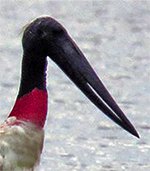
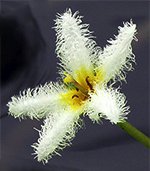
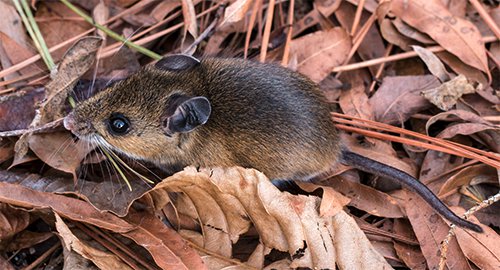
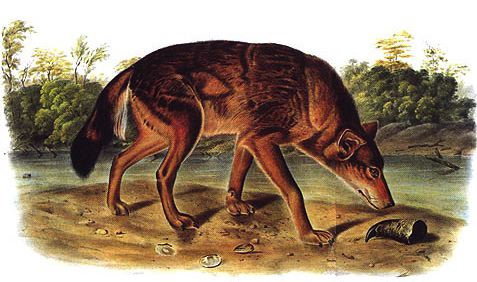
 At night he devoted his thoughts and writings to natural history in and around the Lowcountry; his reputation was such that John James Audubon sought him out in 1831 and became a close friend and co-worker. Audubon was so appreciative of Bachman's expertise he named Bachman's Sparrow and the now-extinct Bachman's Warbler for the reverend; these two birds are commemorated with statues at Newberry College--which Bachman served as founder and first president of the board of trustees.
At night he devoted his thoughts and writings to natural history in and around the Lowcountry; his reputation was such that John James Audubon sought him out in 1831 and became a close friend and co-worker. Audubon was so appreciative of Bachman's expertise he named Bachman's Sparrow and the now-extinct Bachman's Warbler for the reverend; these two birds are commemorated with statues at Newberry College--which Bachman served as founder and first president of the board of trustees. 
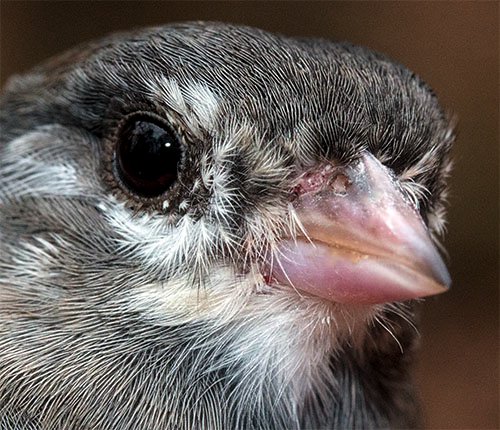

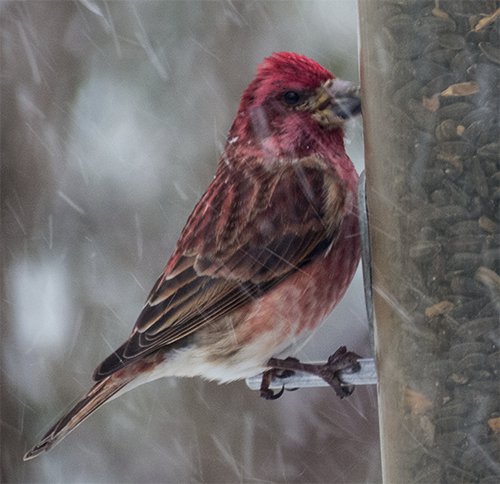


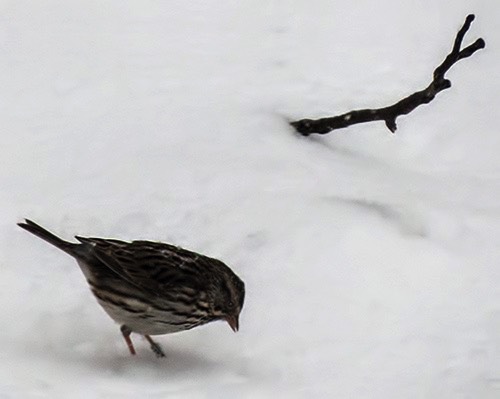
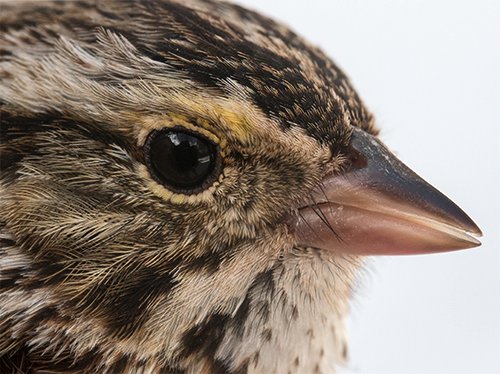



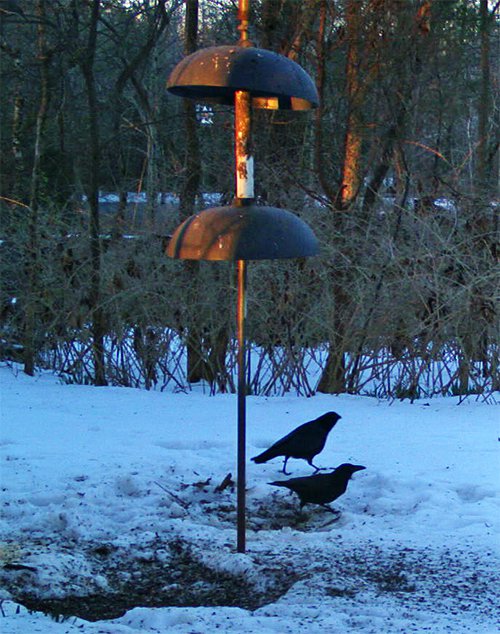

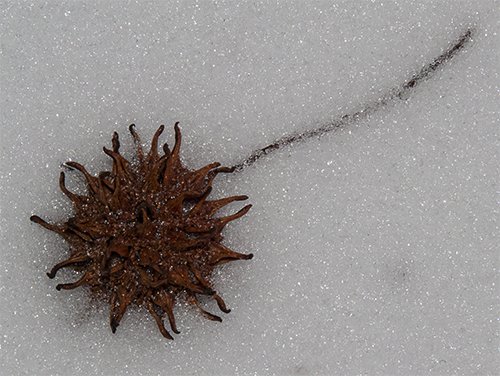
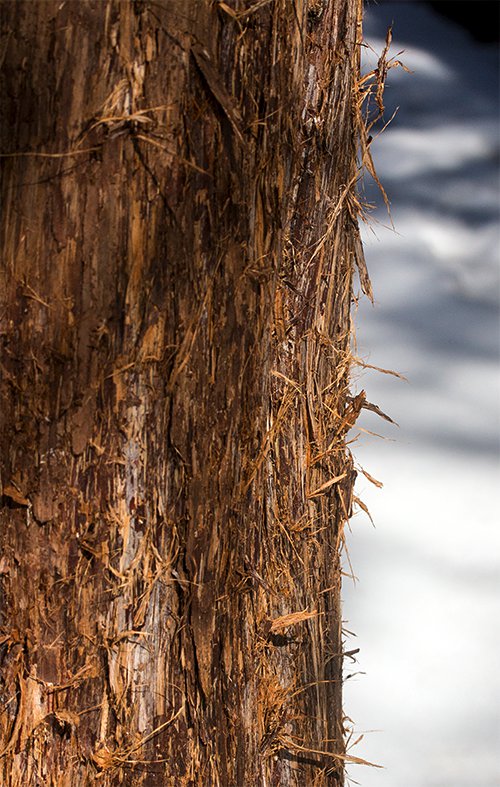
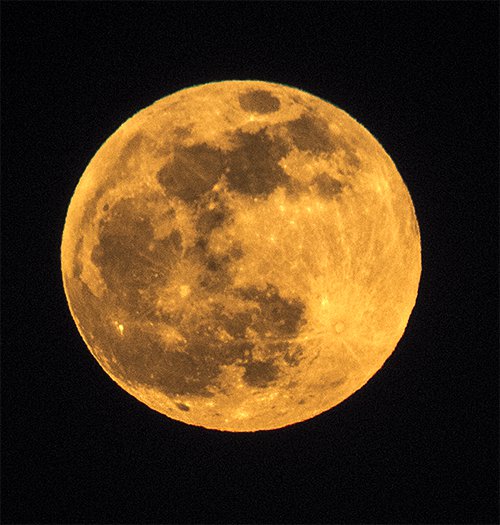
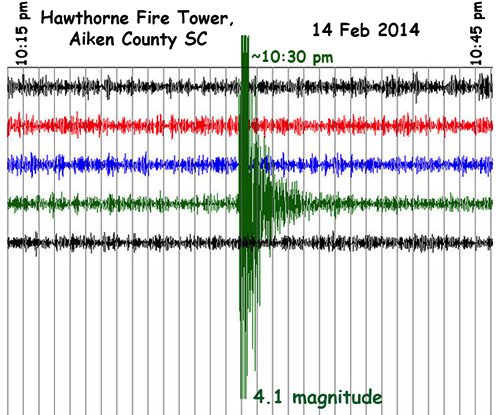
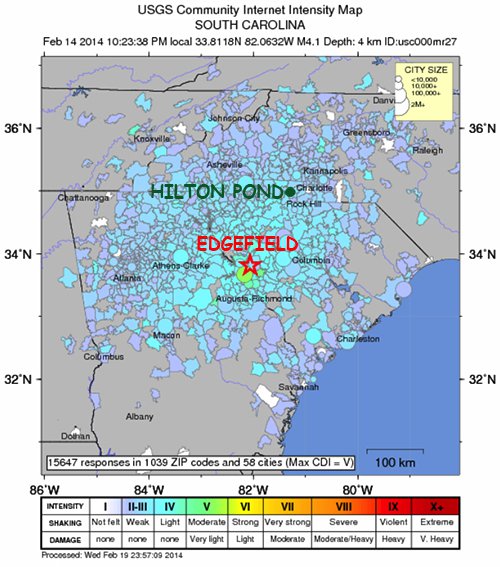
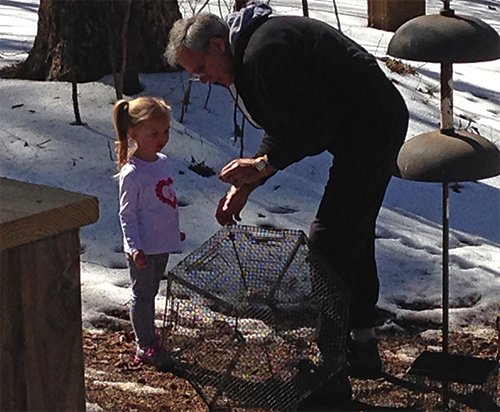
 but three-year-old McKinley literally jumped up at the suggestion she join Pap as he retrieved Chipping Sparrows from ground traps behind the old farmhouse.
but three-year-old McKinley literally jumped up at the suggestion she join Pap as he retrieved Chipping Sparrows from ground traps behind the old farmhouse. 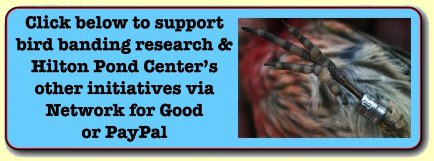







 Oct 15 to Mar 15:
Oct 15 to Mar 15: